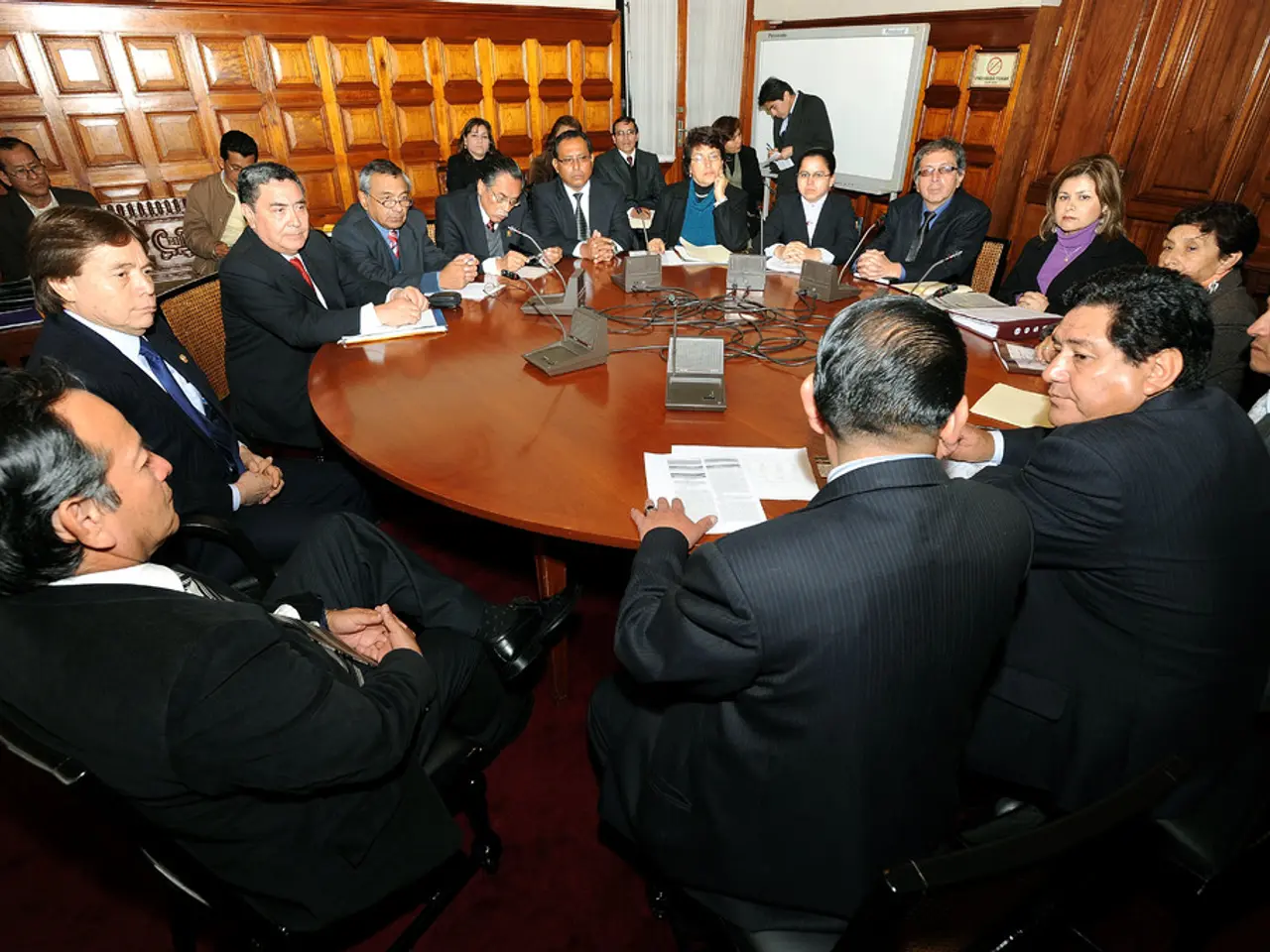Boosting Fairness: Understanding the Significance of Judicial-Legislative Partnerships
In the United States, the relationship between the judiciary and the legislature has evolved significantly over time, shaped by constitutional design, practical governance needs, and political challenges. This dynamic interplay, aimed at balancing independence and accountability, has resulted in key milestones that have defined the relationship between these pivotal components of government.
Initially, the U.S. Constitution, ratified in 1789, established a system with a clear separation of powers. The framers sought to balance power by creating mechanisms for checks and balances. The judiciary was designed as an independent branch, but with interdependent functions. The legislature held legislative authority, while the courts had the power of judicial review to examine the constitutionality of legislative acts, a practice that became crucial despite not being explicitly mentioned in the Constitution.
Originally, appointments to the judiciary had ambiguous methods. Proposals varied from appointments by a single executive to legislative appointments, reflecting debates about controlling judicial power and preventing legislative overreach. The eventual system, allowing the executive to make appointments with legislative approval, fostered collaboration in judicial staffing.
The principle of judicial review empowered courts to invalidate laws conflicting with the Constitution, providing a critical check on legislative power. This fostered a dynamic where the judiciary could influence legislation indirectly by setting constitutional boundaries. At the same time, Congress maintained direct controls over the judiciary through impeachment powers and legislative authority over federal courts’ jurisdiction and structure.
Key historical milestones in this collaboration and conflict include the passage of the Bill of Rights, partly to reconcile Anti-Federalist fears about unchecked government power, and the Judicial Procedures Reform Bill of 1937, or the "Court-Packing Plan." This episode underscored ongoing negotiations about judicial efficiency, court administration, and the limits of legislative influence on the judiciary.
Over time, the collaboration between legislators and judges has become institutionalized through formal procedures for judicial appointments, oversight of lower federal courts, and legislation affecting court operation and procedure. The states’ role in electing senators and presidents also embedded legislative influence over federal governance structures, including the judiciary.
Effective collaboration between the judiciary and legislature can lead to a more informed judiciary that is better equipped to address evolving legal issues, creating a more responsive judicial system. Cross-jurisdictional collaboration is essential in addressing complex legal issues that transcend geographical boundaries, such as human trafficking, organized crime, and drug-related offenses.
Understanding judicial collaboration with legislators underscores the importance of a cohesive relationship between these pivotal components of government. Promoting educational initiatives can strengthen understanding between judges and lawmakers, leading to more informed policymaking and effective legislative measures.
Political polarization can stifle judicial collaboration with legislators, inhibiting open dialogue and mutual respect. Key milestones in judicial collaboration include the adoption of judicial review processes and the establishment of specialized committees and task forces.
Judicial education serves as a cornerstone for fostering effective judicial collaboration with legislators, equipping judges with essential skills, knowledge, and understanding necessary for engaging with lawmakers. Judicial collaboration with legislators encompasses various mechanisms that facilitate effective interaction and communication, including legislative hearings, joint committees, and advisory boards.
Future trends in judicial collaboration with legislators suggest a growing reliance on technology and cross-jurisdictional cooperation, along with significant contributions from advocacy groups. Data management systems, collaborative software, and social media platforms are examples of technological tools that impact communication between the judiciary and legislators.
The future of judicial collaboration with legislators should focus on improving communication, fostering mutual respect, and recognizing each branch's distinct roles within the system. By doing so, the relationship between the judiciary and the legislature can continue to evolve and adapt to the needs of society, ensuring a legal environment that is responsive, effective, and grounded in constitutional principles.
- The relationship between the judiciary and the legislature in the United States, as demonstrated by the historical milestones like the passage of the Bill of Rights and the Judicial Procedures Reform Bill, is a pivotal component of policy-and-legislation, showcasing the dynamic interplay that shapes general-news.
- The collaboration between the judiciary and the legislature has evolved over time, as shown in the text, and future trends suggest a focus on improving communication through technological tools, demonstrating the crucial role this collaboration plays in shaping politics and policy-and-legislation.








